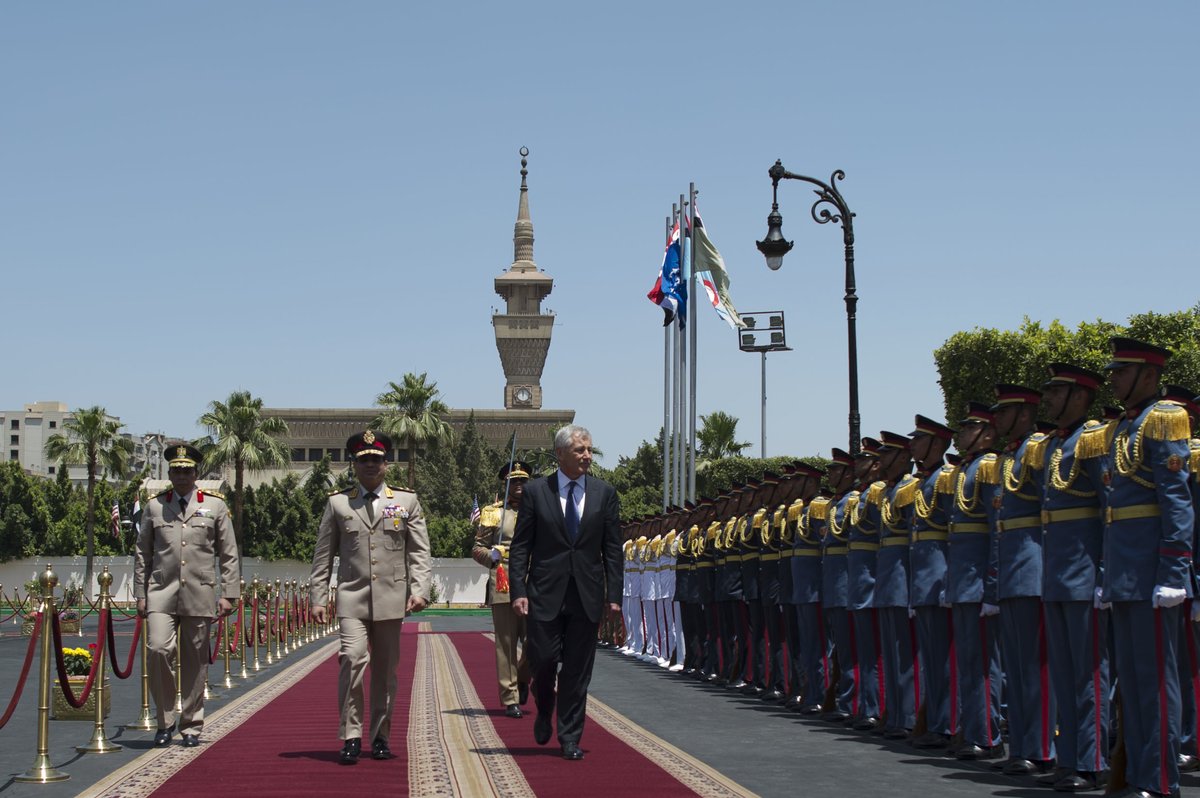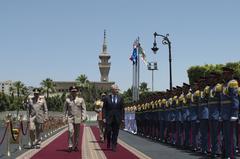
Gamal Abdel Nasser Mosque: Visiting Hours, Tickets, and Cairo Historical Sites Guide
Date: 15/06/2025
Introduction
The Gamal Abdel Nasser Mosque in Cairo stands as a testament to Egypt’s sweep of modern history, national identity, and Islamic architectural excellence. Named after Gamal Abdel Nasser, Egypt’s influential president and leader of the 1952 revolution, the mosque is both a place of worship and the final resting place of a figure who shaped the nation’s destiny. Located in Cairo’s Hada’eq Al Qubba district, the mosque is a hub of community activity, education, and commemoration, drawing visitors eager to explore its unique blend of tradition and modernity (Springer; Nasser Youth Movement; Momen Architects; Trek Zone).
This guide delivers all essential details for planning a visit, including opening hours, ticket information, etiquette, architectural highlights, accessibility, and recommended nearby attractions, ensuring a respectful and enriching experience.
Table of Contents
- Introduction
- Historical Background and Significance
- Architectural Features and Layout
- Visitor Information (Hours, Tickets, Accessibility)
- Dress Code and Visitor Etiquette
- Nearby Attractions and Suggested Itineraries
- Travel Tips and Practical Advice
- Frequently Asked Questions (FAQ)
- Visuals and Media
- Conclusion
- References
Historical Background and Significance
Gamal Abdel Nasser’s Enduring Legacy
Gamal Abdel Nasser (1918–1970) led Egypt through the transformative waves of the 20th century. As president from 1956 to 1970, he spearheaded the 1952 revolution, nationalized the Suez Canal, and advocated for Pan-Arabism and social justice. Revered across the Arab world and the Global South, Nasser remains an emblematic figure of postcolonial leadership (Springer; Landioustravel).
Establishment of the Mosque and Mausoleum
Following Nasser’s death in 1970, the mosque was constructed as both a spiritual center and a mausoleum, symbolizing his connection to the Egyptian people. Its proximity to his family home in Manshiyat al-Bakri reflects his personal humility and enduring community ties (Nasser Youth Movement).
Political and Symbolic Importance
Beyond its religious function, the mosque embodies Egypt’s postcolonial identity and Nasser’s ideals—social justice, anti-imperialism, and national unity. It is a focal point for commemoration, especially on the anniversary of Nasser’s passing, attracting visitors from across Egypt and the region (Springer).
Architectural Features and Layout
Location, Site, and Context
Located in Hada’eq Al Qubba, the mosque occupies a central position in Cairo, near institutions such as Zaafarana Palace, Al-Nour Mosque, and the Cairo International Stadium (Momen Architects; Trek Zone). The area is easily accessible by public transport and is close to several Coptic and Islamic landmarks.
Architectural Style
The mosque blends traditional Islamic motifs—such as geometric patterns and arabesque windows—with modernist features. Its design was recognized by a nomination for the Aga Khan Award for Architecture in 1994 (Momen Architects).
Key Features
- Entrances and Facades: Three ornate entrances with intricate stonework and large arched windows for natural light.
- Minaret and Dome: A prominent central dome crowns the prayer hall, while a slender minaret serves as a landmark and a call to prayer.
- Landscaped Gardens: Shaded paths and gardens offer a tranquil setting for reflection and gatherings.
- Main Prayer Hall: A vast, column-free space allows unobstructed views and accommodates large congregations.
- Women’s Mezzanine: A separate, screened area ensures privacy while maintaining inclusivity.
- Community Facilities: The mosque houses a medical clinic, Qur’an teaching school, and vocational training workshops for female orphans.
- Mausoleum: The resting place of Nasser (and his wife Tahia Kazem), marked by dignified marble finishes and inscriptions (Trek Zone).
Materials and Construction
Reinforced concrete ensures stability, complemented by marble and stone finishes. Ornamental metal grilles and stained glass windows play with light and enhance the serene atmosphere.
Lighting and Acoustics
Natural and artificial lighting is carefully integrated, and the mosque’s acoustics are designed to amplify the imam’s voice without heavy electronic aid.
Accessibility
The mosque is fully accessible, with ramps, wide entrances, and bilingual signage for ease of navigation (Trek Zone).
Visitor Information
Visiting Hours
- Daily: 8:00 AM – 6:00 PM
- Closed: During major Islamic holidays and certain prayer times
Tickets and Entrance Fees
- Entry: Free for all visitors and worshippers
- Donations: Welcomed for maintenance
Accessibility
- Wheelchair Accessible: Ramps and wide entrances
- Public Transport: Metro stations and bus stops nearby (Mapcarta; Travel Insighter)
Guided Tours
- Availability: By appointment; inquire at the mosque or through tour operators
- Languages: Arabic and English, with other languages sometimes available (Audiala)
Dress Code and Visitor Etiquette
Dress Code
Respectful, modest attire is expected:
- Men: Long pants, shirts with sleeves; remove hats before entering
- Women: Hair covered with scarf or shawl; long sleeves and ankle-length skirts or pants (Egypt Tours Plus; The Evolista)
- Footwear: Remove shoes before entering prayer areas; racks or bags provided
Etiquette
- Maintain quiet and respectful behavior, especially during prayers
- Photography allowed in exterior areas; seek permission inside
- Non-Muslim visitors are welcome outside prayer times
- Avoid eating, drinking, or loud conversation within the mosque
Nearby Attractions and Suggested Itineraries
Enhance your visit with these nearby sites:
- Al-Azhar Park: Lush gardens and views of Cairo
- Khan El-Khalili Bazaar: Historic market for crafts and food
- National Museum of Egyptian Civilization: Artifacts and exhibitions
- Citadel of Salah El Din: Medieval fortress with the Mosque of Muhammad Ali
- Coptic Cairo: Ancient churches and the Coptic Museum
- Cairo Tower: Panoramic city views
- Al-Mu’izz Street: Medieval monuments
- Saqqara and Dahshur: Ancient pyramids
Travel Tips and Practical Advice
Transportation
- Ride-Sharing: Uber, Careem, Didi
- Metro: Efficient; Line 3 connects major districts
- Taxis: Negotiate fare or ensure meter use
Safety and Health
- Stick to tourist areas; avoid demonstrations
- Beware of pickpocketing
- Drink bottled water; dress for the weather
Money
- Local currency: EGP (Egyptian Pound)
- ATMs widely available; tipping customary
Accommodation
- Stay in Zamalek, Maadi, or Downtown for convenience
Food
- Try local specialties such as koshary, ful medames, and taameya
Connectivity
- Local SIM cards available; Wi-Fi common in hotels/cafes
Accessibility
- Most tourist sites, including the mosque, are accessible for visitors with disabilities
Frequently Asked Questions (FAQ)
Q: What are the Gamal Abdel Nasser Mosque visiting hours?
A: 8:00 AM to 6:00 PM daily, with some prayer time restrictions.
Q: Is there an entrance fee?
A: Entry is free; donations appreciated.
Q: Are guided tours available?
A: Yes, by appointment or through licensed tour operators.
Q: Is the mosque accessible for wheelchair users?
A: Yes, with ramps and wide entrances.
Q: Can I take photographs inside?
A: Exterior photography is generally allowed; seek permission for interior photos.
Q: What is the dress code?
A: Modest clothing; women should cover hair and limbs, men should wear long pants and sleeves.
Visuals and Media
[Insert high-quality images of the mosque’s exterior, prayer hall, mausoleum, and gardens. Use descriptive alt tags such as “Gamal Abdel Nasser Mosque exterior in Cairo,” “Interior prayer hall at Gamal Abdel Nasser Mosque,” and “Mausoleum of Gamal Abdel Nasser.“]
[Embed a virtual tour or interactive map for enhanced planning.]
Conclusion
A visit to the Gamal Abdel Nasser Mosque offers deep insight into Egypt’s modern history, architectural innovation, and living religious traditions. By respecting local customs, observing modest dress, and planning your itinerary with nearby attractions, you’ll enjoy a rewarding and memorable Cairo experience. For more tips, guided tours, and updates, download the Audiala app and follow our social media channels.
References
- Gamal Abdel Nasser Mosque Visiting Hours and Historical Significance: A Guide to Cairo’s Iconic Landmark, 2024, Springer
- Gamal Abdel Nasser Mosque Museum, Nasser Youth Movement
- Gamal Abdel Nasser Mosque: Architectural Marvel and Visiting Guide in Cairo, Momen Architects
- Gamal Abdel Nasser Mosque Visitor Information, Audiala
- Gamal Abdel Nasser Mosque and Nearby Attractions, Trek Zone
- Egypt Tours Plus
- The Evolista
- Mapcarta
- Travel Insighter
- National Museum of Egyptian Civilization
- Lonely Planet


































